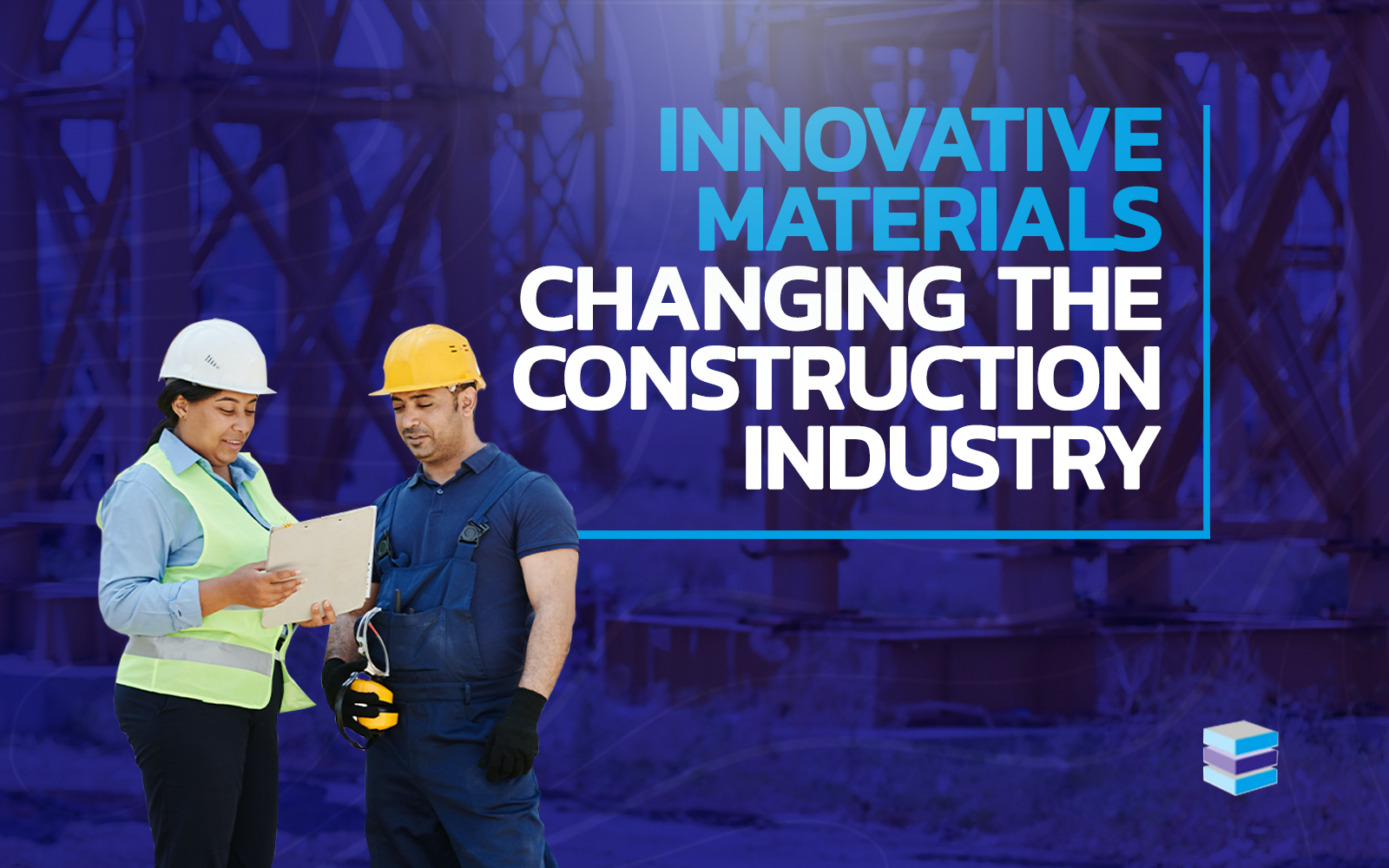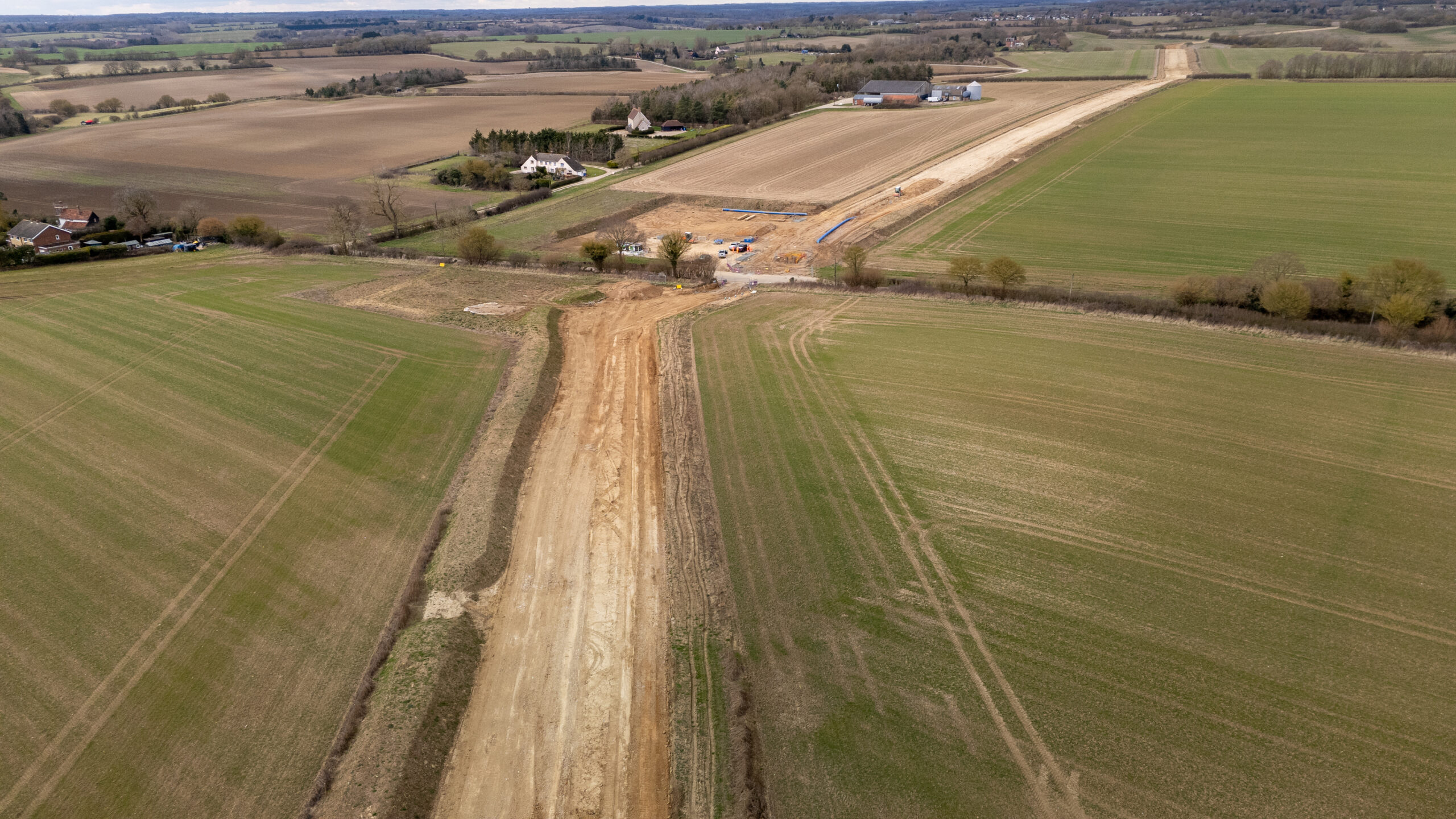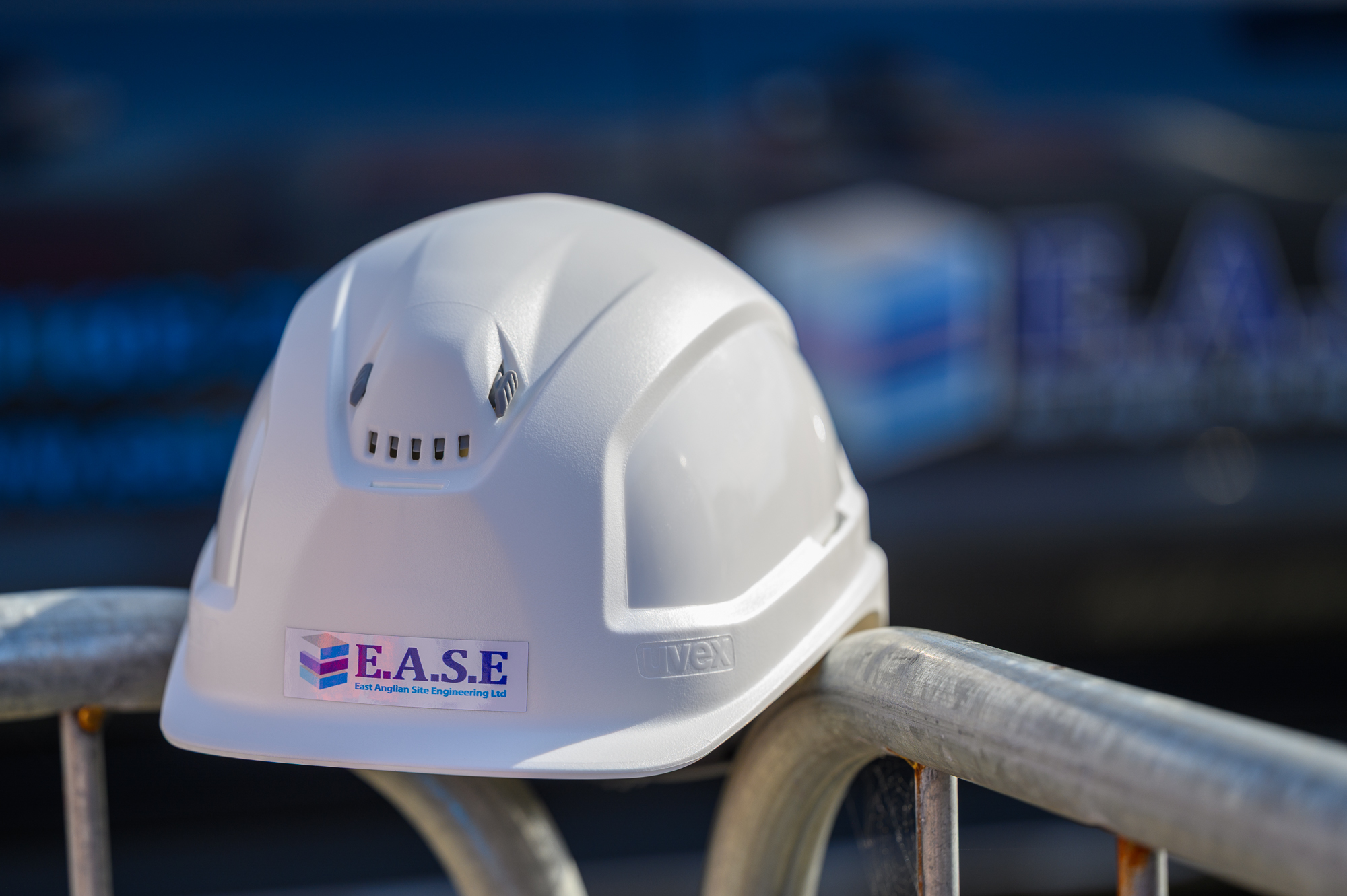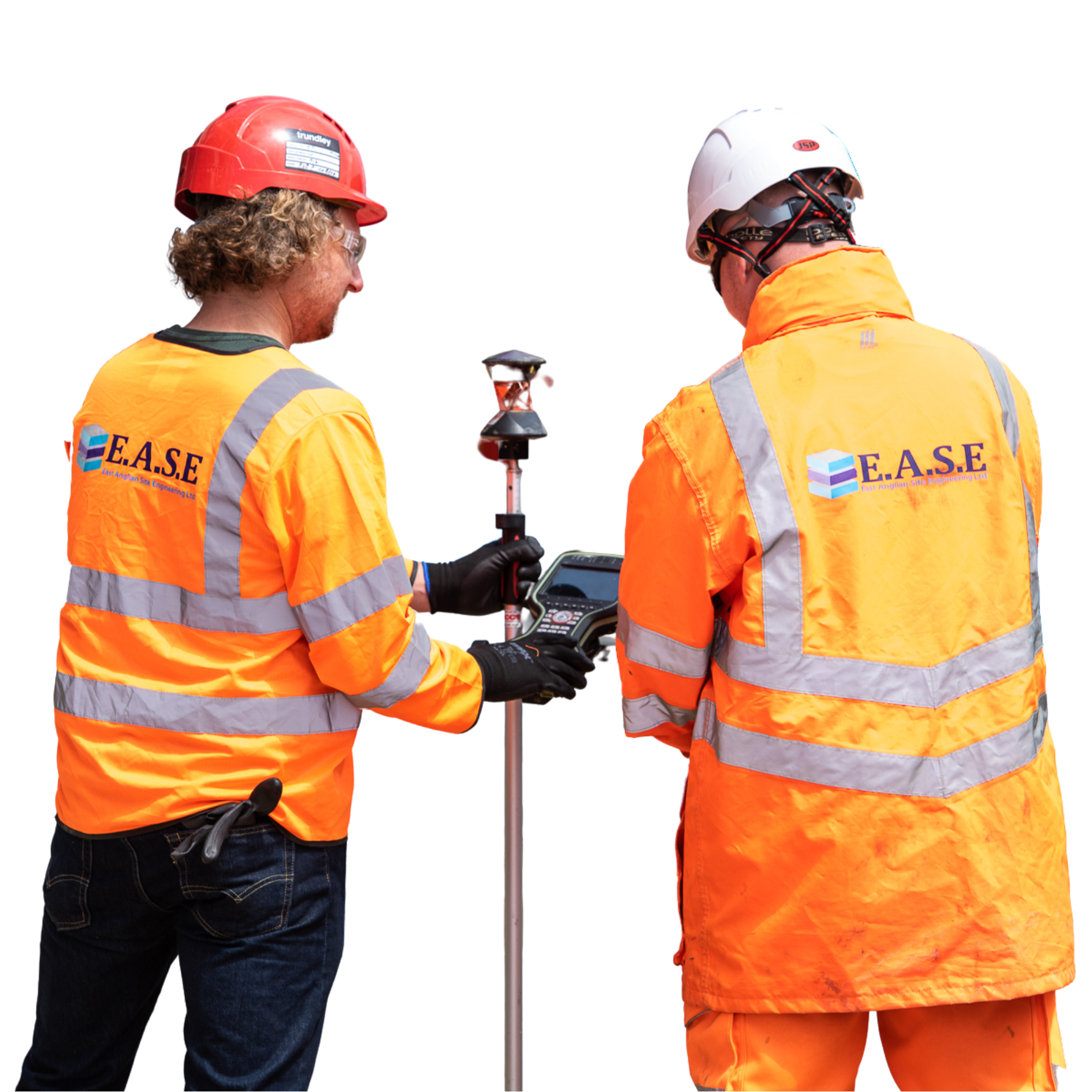The construction industry is a dynamic landscape, and a wave of innovative materials is reshaping the way we build. New generations of advanced materials are becoming as popular as their traditional counterparts, but why? Experts are creating alternatives to these materials that not only have exciting and unique qualities but are also sustainable.
By using materials that reduce or combat carbon emissions, the construction industry can play a part in paving the way for positive change. Thousands of new materials are being developed by experts, but today we are talking about six in particular that we believe we’ll be seeing more of. These materials could have a transformative impact on our industry with their efficiency within builds and their sustainability, redefining the capabilities of construction.
Unique materials in construction’s future
Transparent wood
At least five times stronger and lighter than glass, transparent wood, made from balsa wood, is a flexible and durable alternative to glass and plastic. This material is a strong insulator that keeps heat in or out of buildings. Transparent wood is also eco-friendly, as balsa wood is renewable and quick to grow and mature.
Its unique characteristics make it a strong contender for replacing glass or plastic in windows and structures in construction. Production costs are lower than glass as there are no high temperatures involved, resulting in lower electricity usage.
Transparent wood is created by boiling and bleaching balsa wood to remove lignins, a brown-coloured chemical that acts as the glue that holds cell bundles together. The white wood of hollow cells is then put under a vacuum and covered in an epoxy resin that is soaked up by the wood fibre tubes. Once it dries, you’re left with almost completely see-through wood. This is because the epoxy bends light to a similar degree as the bleached cell walls in the wood, creating transparency.
Aerogel
Aerogel is a porous material that comes from a gel that has had its liquid components replaced with gas. This switch leaves us with a very solid, very low-density material made up of 99.8% air. The innovative Aerogel material has low thermal conductivity and excellent insulation properties, so is used for environmentally friendly insulation on an industrial level.
When used in commercial and domestic building construction, it can reduce energy loss through its high-performance thermal insulation. With its strong hydrophobicity and good fire ratings, there’s a reason this exciting material is used more and more within the construction and engineering industry.
Hemp rebar
A material that is currently in production, hemp rebar could replace steel rebar as a lower-cost and lower-maintenance alternative. Steel rebar suffers from rust, causing decay to the structures it supports such as bridges, sea walls, buildings and roads. Rebar is used within concrete, but salt in the atmosphere will eventually reach it and break it down. In areas with a large amount of salt in the air, such as near or on the sea, concrete buildings with steel rebar may only last 40 to 50 years.
Without this rusting, concrete buildings could last maybe three times as long. Because of this, experts have been developing an alternative that won’t suffer the same fate as steel. Although glass fibre-reinforced polymer can be used in place of steel, this material is expensive, and on top of that creates more carbon emissions across its cycle.
Industrial hemp, a form of cannabis plant with only trace amounts of the known psychoactive compound, contains strong fibres. To make rebar, the hemp fibres are woven into a rope with plastic fibres. The rope is then fed into a pultrusion machine to create the rebar. There are big hopes to use this in construction across many sectors as an affordable, longer-lasting and more eco-friendly alternative to steel.
Traditional concrete alternatives in construction
Self-healing concrete
Inspired by the mystery of Ancient Rome’s still-standing concrete structures, self-healing concrete is now here. Self-healing concrete will ‘heal’ its own cracks, lowering maintenance time and costs and extending traditional concrete’s life span and longevity.
Though the concept of how it works sounds simple, the science is anything but. A limestone-producing bacteria, along with needed nutrients, is introduced to the concrete that, when hit with water and oxygen, activates. These micro-organisms create limestone which fills and seals the cracks, keeping the concrete waterproof. This process can happen over and over again, with no manual maintenance needed.
This material is an incredible benefit to the construction industry and will continue to make waves. Concrete is responsible for 8% of global carbon emissions, with 90% of that coming from the production of clinker, which is the primary strength-providing ingredient in concrete. With longer-lasting self-healing concrete, production will lessen, along with carbon emissions.
Concrete canvas
Concrete is fairly fragile and susceptible to cracks and chips over time, so a lot of research goes into alternatives or improvements. One of these is ‘concrete canvas’, a 3-dimensional fibre matrix.
This material contains a formulated dry cementitious mix. The bottom has a PVC lining to ensure a waterproof finish, while the fibrous surface can be hydrated by water to activate. Once the material has set it will be hard and strong, with the fibres reinforcing the mix to prevent cracks.
This versatile material is incredibly popular for many reasons. It’s thin, durable, waterproof, easy to handle, and is a lower-carbon alternative. This is because the product goes much further than traditional concrete, with one pallet covering the same area that would otherwise require two 17T trucks of concrete. This incredible technology uses up to 95% less material than traditional solutions.
Carbon fibre-reinforced concrete
CFRC (Carbon Fibre-Reinforced Concrete) is made by pouring concrete onto a mesh made of carbon fibre yarn, which is strong and ultra-thin carbon filaments bound together using a thermal decomposition process called pyrolysis. Four times stronger than regular concrete, the result is a fantastic alternative, and four times lighter due to the redacted structural sections.
This concrete alternative is strengthened with carbon-fibre yarn, resulting in less concrete needed for a structure and with an overall stronger result. CFRC is used in construction as it improves compressive strength, elasticity modulus, tensile strength, corrosion resistance and more. It reduces brittleness and shrinkage cracks, two of the main challenges that face standard concrete.
Building tomorrow with innovative construction materials
As we navigate the changing landscape of this industry, one thing is clear: the future of construction is being reshaped by groundbreaking materials. Paving the way for change, these cutting-edge materials are both environmentally conscious and boast many benefits and enhancements compared to the traditional.
Our industry is embracing a new future defined by resilience, efficiency, and sustainability. With each new material, we are one step closer to structures that work better and last longer, built with sustainability at the forefront. From using renewable clear wood instead of glass to lower heat consumption to self-healing concrete that reduces the need for more concrete to be produced, every new development will play a part in changing our landscape for the better.
The years of combined experience across our team of site engineers means we’ve had our fair share of innovative material interaction. If you’re looking to add a site engineer to your project, then get in touch today by calling 01603 211808 or using our online form. We’ll arrange for one of our experts to work alongside you, ensuring everything runs smoothly and your project is a success.








